
Research Highlights
Investigations into Dynamic Soaring
One of RAFT's current explorations include the development of a recipe which can allow
a 6DoF aircraft model to be differentially flat. This formulation of flatness when applied to
conventional implementations that solve trajectory generation and tracking problems, improves
the computational cost and reduces the information required for tracking a trajectory.
This technique has been applied to studies pertaining to fixed-wing dynamic soaring.
Flight manoevres where energy is extracted from wind-shear for countering the loss due to drag are
commonly termed as dynamic soaring. Investigations into these energy-neutral manoevres were
inspired by the observation of Albatrosses flying untiringly over the oceans of the southern
latitudes. By enabling UAVs to engage in dynamic soaring, flight endurance can be greatly enhanced
without any reliance on the on-board powerplant.
Analysing the stability of dynamic soaring orbits is another of RAFT's investigations in this
field. This enquiry is instrumental in the development of control strategies that can enable
UAVs to sustain a particular orbit in a realistic setting.
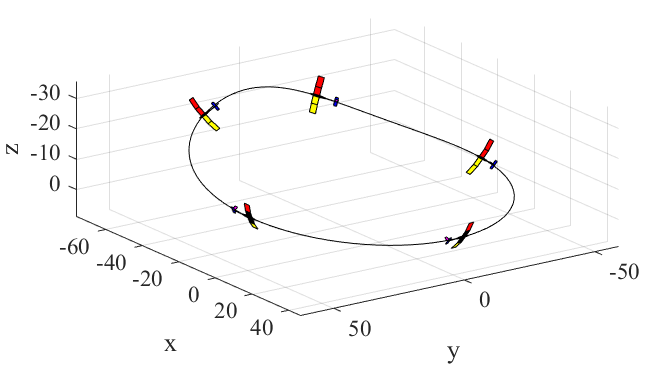
Unmanned Aerial Vehicles
Unmanned Aerial Vehicles are another key research area of the RAFT lab. Research on dynamic soaring, rotorcraft, flight dynamics are dovetailed to develop advanced high-endurance UAV systems, both fixed and rotary wing, including solar aircraft. Research is also conducted on coordinated tasks including heterogeneous platforms like land and aerial robots. At RAFT lab we also work on developing a UAV for operating in the Martian atmosphere. Experimental investigations on this are conducted inside a vacuum chamber with all required instrumentation for performance assessment.
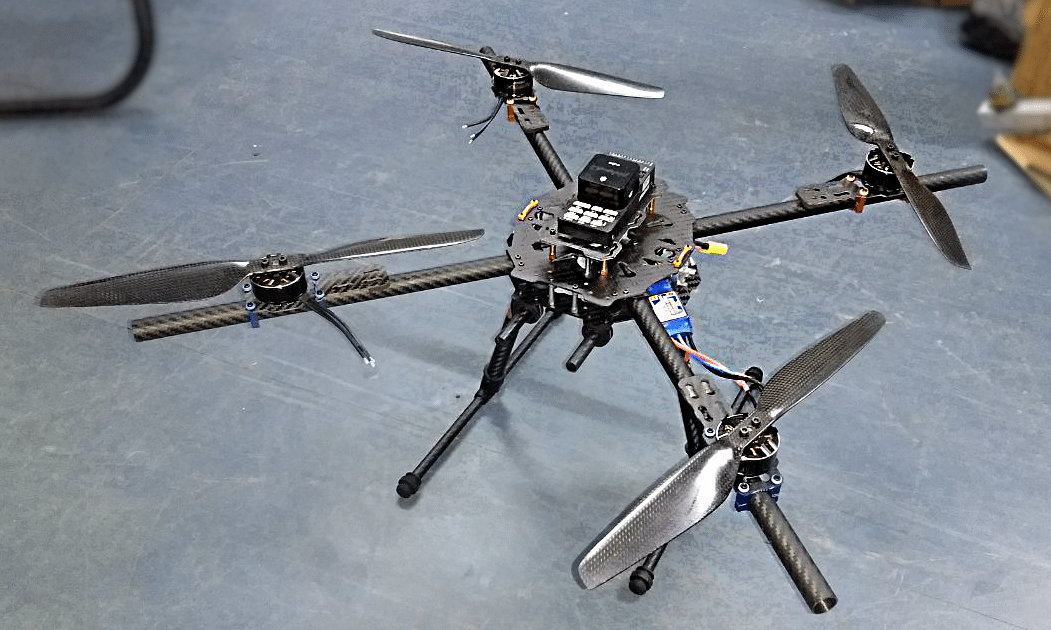
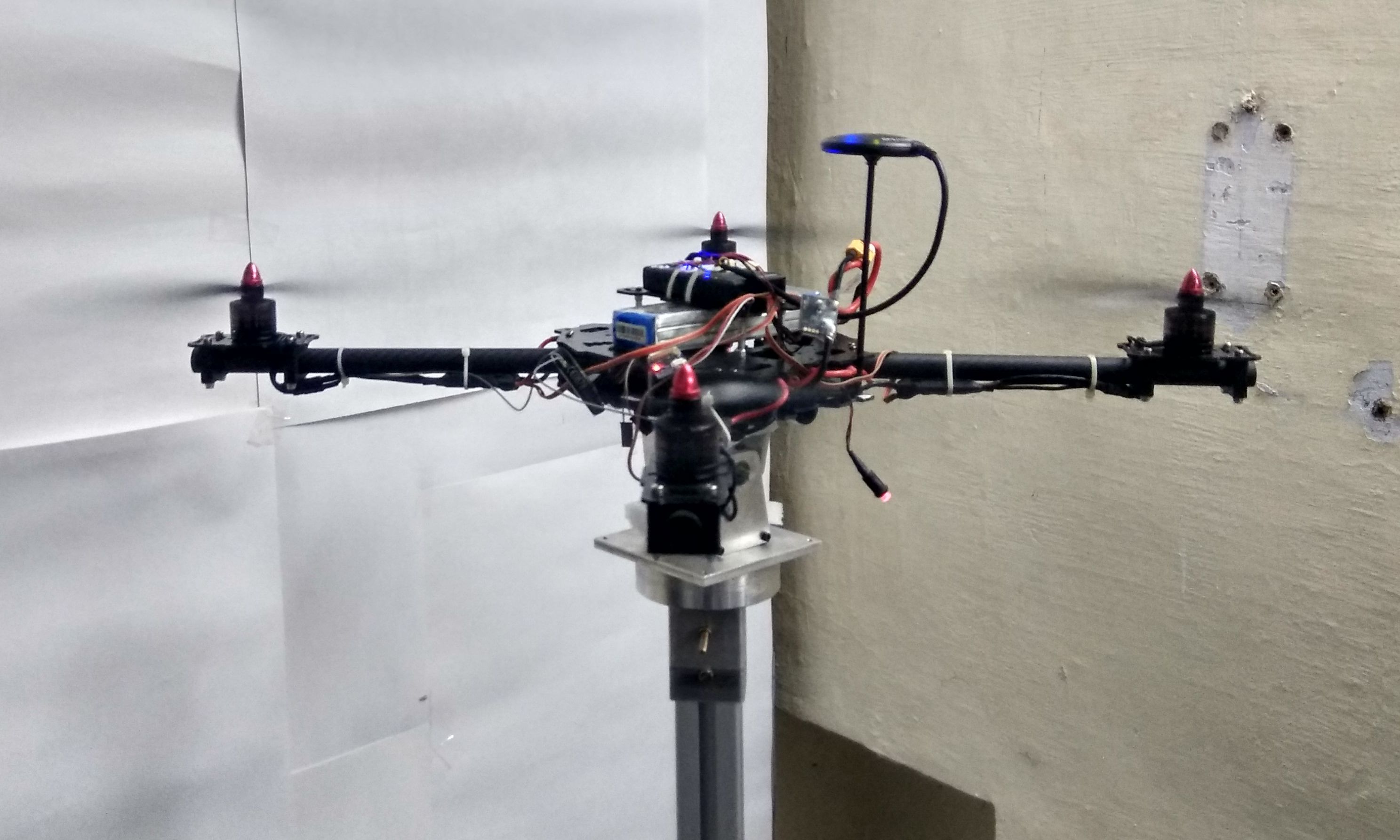
Aeromechanics and Flight Performance
Unlike the gracefully gliding, simple and elegant machines of flight that airplanes are, helicopters
are beasts that 'beat' the air into submission to achieve flight! A colossal amount of research and
labor goes into making these mechanised hummingbirds 'float like a butterfly and sting like a bee'.
Aeromechanics comprise one of the fields that help these machines conquer the air. Although over the
years, rotorcraft have undeniably become safer and many complex phenomena have been resolved, there
still exist a few like dynamic stall in three-dimensions, rotor-wake interactions with external bodies
in motion, vortex-blade and vortex-vortex interactions that still remain hazy. To resolve the questions
that plague these phenomena and to ensure predictability, experiments and computational investigations
are performed using CFD or reduced order mathematical models. In many cases, the underlying 'simple'
physics might be made complex and indeterminable due to additional constraints or design elements.
Co-axial and compound helicopters are a prime example of this, where an extra rotor brings about considerable
variations in how the entire system behaves. In such cases, existing models require modification or new models proposed.
An active area of research on that note is finite state dynamic inflow modeling. Dynamic inflow models provide
information on the inflow across rotor disks and how they change over time. Presence of external obstacles also
influence such models and require extensive validation and testing like which is performed at RAFT. Vortex based
simulation methods are also actively explored since they offer many of the advantages of conventional CFD minus the huge computational
costs. These help in understanding how the rotor wake interacts with external obstacles or other rotors and how performance is affected.
Many innovative concepts like the feasibility of using rotorcraft for martian exploration and transport is also eagerly explored at RAFT.
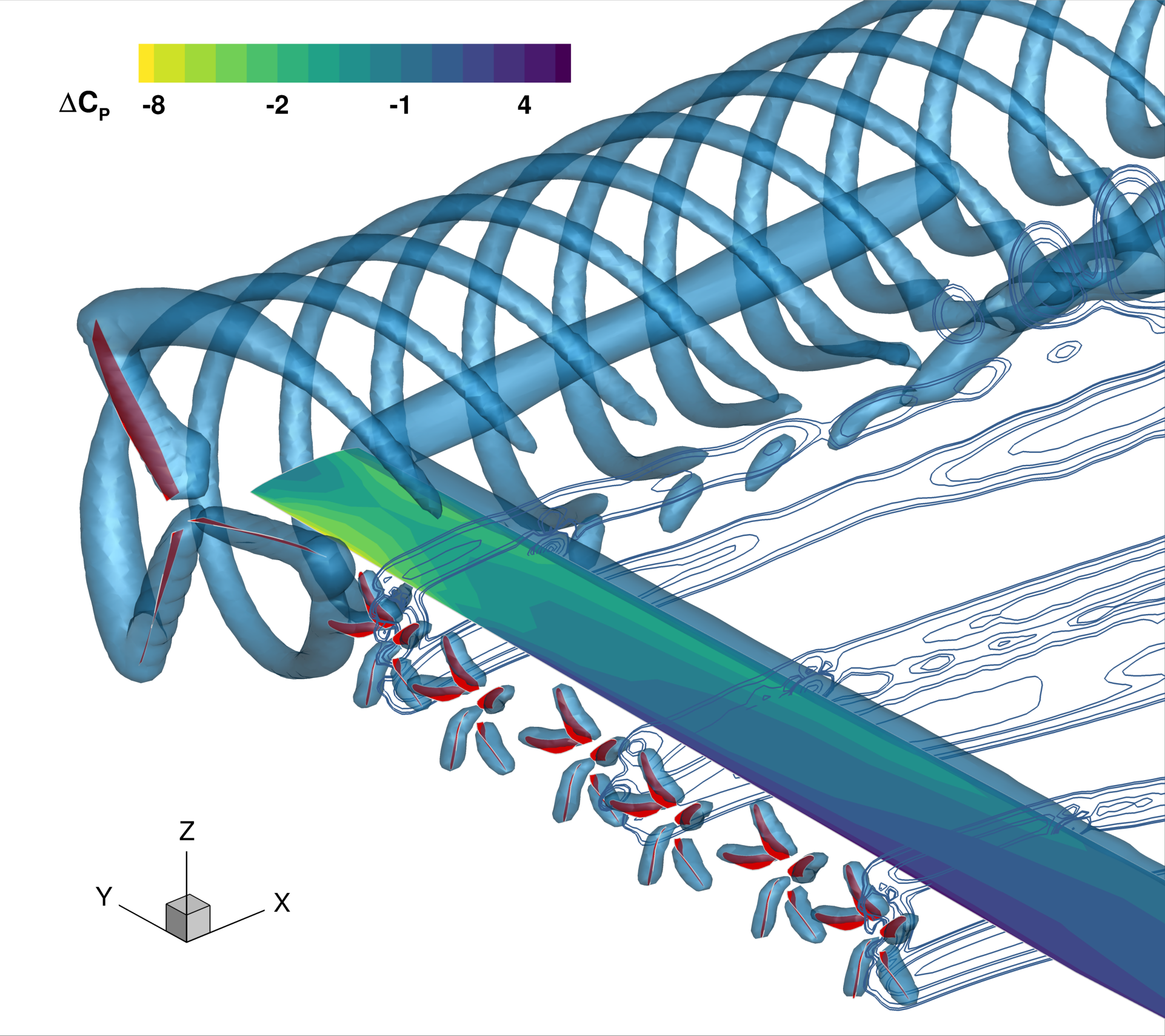
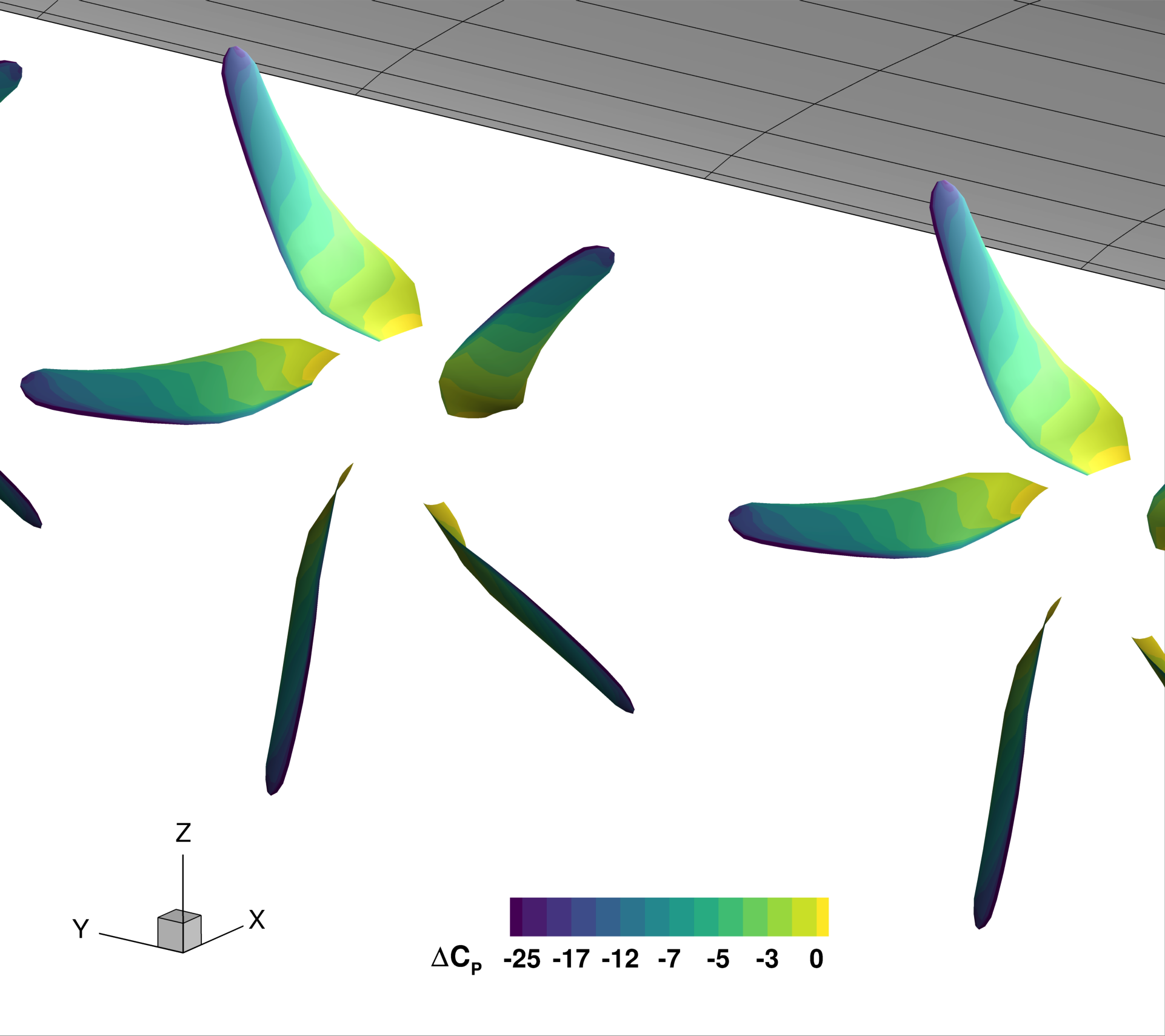
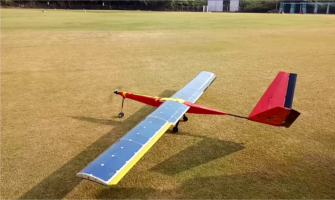
Flight Dynamics and Control
Outwardly simple, the helicopter appears to the untrained eye to be a rotating rotor connected to a
non rotating fuselage with mechanical linkages. Strip it down, and you'll find that, that's a
deceivingly complex piece of engineering marvel. It would seem a surprise that this muddle of machinery
can fly, let alone be controlled! All this has only been made possible by in-depth analysis of the dynamics
and design of control mechanisms that have evolved over the years to state-of-the-art, fully
autonomous and fly-by-wire systems of today. However as the sphere of application increases,
the requirement to make the system more stable and robust also increases. At RAFT, we aim to
understand the dynamics, analyse the stability and develop robust control systems so as to
enable rotorcraft to soar higher and cruise faster.
Helicopters, like any other dynamic system are prone to instabilities and research over the years
have focused on understanding them, reasoning them out and developing preventive mechanisms for instabilities.
The focus of our research in flight dynamics has been on phenomena like ground resonance and
air resonance. Although we've come a long way since the Tacoma bridge incident that's popularly cited
in reference to resonance and resonance-induced instabilities, the mechanism behind ground and air
resonance in helicopters is slightly different. Ground resonance, has proven to be a pilot's nightmare
on many an occasion destroying the helicopter in a matter of seconds. The seemingly robust mechanical system,
built rigid enough to carry people and payload for years, breaks apart due to mere vibrations in the
blink of an eye.
Over the years, the frequency of incidents have reduced, thanks to helicopters
designed with efficient lead lag dampers and operating rpms chosen after extensive testing. However,
a considerable number of pilots still report incidents involving ground resonance in certain instances like ship deck landings
further establishing the need for deeper investigation of this phenomenon. Work at RAFT
is focused on analytical and experimental investigation of ground resonance, understanding the
influence of various mechanical and aerodynamic parameters and development of stability augmentation
systems and procedures for ground resonance prevention. In addition, simulations of helicopters
landing on ship decks are performed to understand how ground proximity and wake dynamics affect stability and handling qualities.
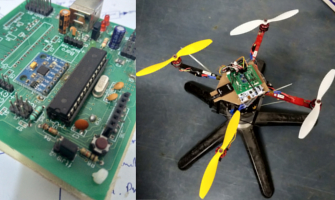
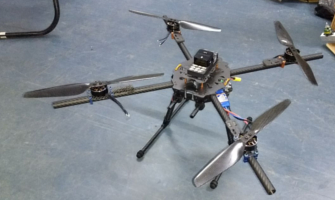
Flapping Flight
Man in his advance in technology ever since the stone ages have always been inspired from nature,
be it in harnessing the mighty power of fire, inventing the wheel or building homes. One of the most
fascinating inventions inspired from nature is flight. Over the past century, advances in technology
have ensured fast commute of millions of passengers and tons of cargo every year. While the flight of
birds inspired the Wright brothers, its smaller counterparts, insects, continue to inspire and intrigue
us to this day. Insects are one of the most abundant species in the planet, but they are also the least
understood by science. Part of this problem arises from their small size. and also from the extremely high flapping
frequencies of their wings.
The purpose of our research is to identify how these insects fly and how they achieve stability in their flight.
The beauty of insect flight is that they are highly efficient in order to make good use of the small amount of energy they can store.
This curiosity about the flight of insects is not merely an academic inquisitiveness but its knowledge shows great
promise in the field of Micro Aerial Vehicles (MAVs). Experts predict that insect-sized robots will be the future
in both military (e.g. Surveillance of a building occupied by terrorists) as well as civilian (e.g. Remote
inspection of air ducts in buildings) applications. RAFT believes in being a positive contributor towards this future.

